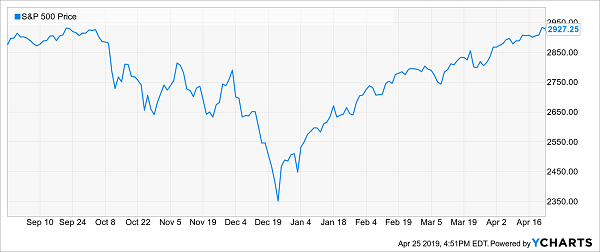The New Year is here, which means it’s once again time to revisit a contrarian (and income) investing tradition: The “Dogs of the Dow.”
This simple yet famous dividend strategy involves buying the 10 highest yielders in the 30-component Dow Jones Industrial Average at the beginning of each year.
It’s an income play, sure, but this strategy also has to do with value. The idea: Truly strong blue-chip stocks rarely become “obsolete,” so high yields—often driven by lower prices in the prior year—are just a signal that the stocks are oversold and due to bounce back.
It’s a win-win, in theory.… Read more


Recent Comments